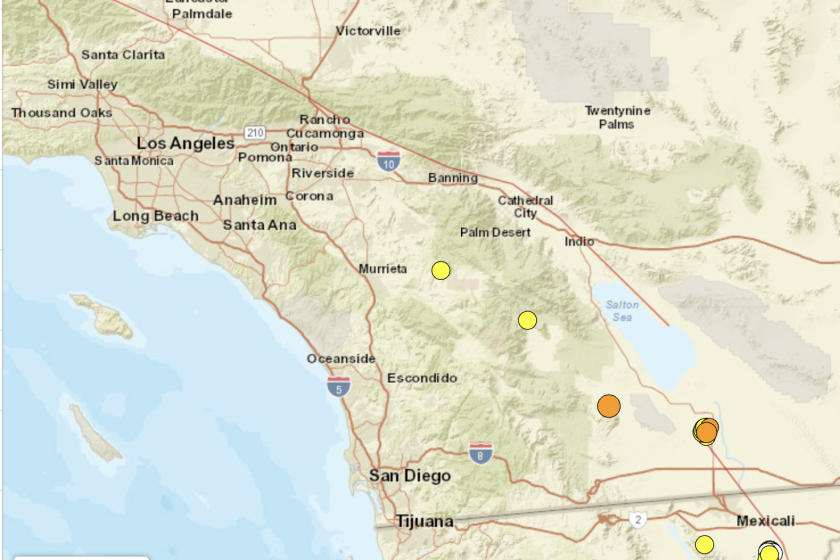Search results
News about New Jersey, earthquake, California-Mexico border
News about Campi Flegrei, Naples, earthquakes
Earthquake - Magnitude, Seismology, Epicenter: Earthquake magnitude is a measure of the “size,” or amplitude, of the seismic waves generated by an earthquake source and recorded by seismographs. (The types and nature of these waves are described in the section Seismic waves.) Because the size of earthquakes varies enormously, it is necessary for purposes of comparison to compress the range ...
- Volcanism
Earthquake - Volcanism, Seismology, Tectonics: A separate...
- Richter Scale
Richter scale, widely used quantitative measure of an...
- Earthquake
Magnitude is a measure of the amplitude (height) of the...
- Volcanism
Two different viewpoints underpin the most important measurements related to earthquakes: magnitude and intensity. To scientists, an earthquake is an event inside the earth. To the rest of us, it is an extraordinary movement of the ground. Magnitude measures the former, while intensity measures the latter.
- Magnitude
- Energy Release
- Intensity
- Examples
- What Would It Take to Make A Magnitude N Earthquake?
The time, location, and magnitude of an earthquake can be determined from the data recorded by seismometer. Seismometers record the vibrations from earthquakes that travel through the Earth. Each seismometer records the shaking of the ground directly beneath it. Sensitive instruments, which greatly magnify these ground motions, can detect strong ea...
Another way to measure the size of an earthquake is to compute how much energy it released. The amount of energy radiated by an earthquake is a measure of the potential for damage to man-made structures. An earthquake releases energy at many frequencies, and in order to compute an accurate value, you have to include all frequencies of shaking for t...
Whereas the magnitude of an earthquake is one value that describes the size, there are many intensity values for each earthquake that are distributed across the geographic area around the earthquake epicenter. The intensity is the measure of shaking at each location, and this varies from place to place, depending mostly on the distance from the fau...
These examples illustrate how locations (and depth), magnitudes, intensity, and faults (and rupture) characteristics are dependent and related. Intensity of Shaking Depends on the Local Geology Intensity of Shaking Depends on Depth of the Earthquake The shaking from the M6.7 Northridge, CA earthquake was more intense and covered a wider area than t...
If we sum all of the energy release from all of the earthquakes over the past ~110 years, the equivalent magnitude ~ Mw9.95. If the San Andreas Fault were to rupture end-to-end (~1400km), with ~10m of average slip, it would produce an earthquake of Mw 8.47. If the South American subductionzone were to rupture end-to-end (~6400km), with ~40m of aver...
Jul 19, 2023 · The moment magnitude scale (M w) is more complex to calculate than the Richter scale. The basic formula for calculating the moment magnitude is: M w = 2/3 log (M 0) – 10.7. M 0 is the seismic moment, which is measured in dyne-cm (1 dyne-cm = 1×10 -7 joules). The seismic moment (M 0) is a measure of the total energy released by the earthquake.
People also ask
What is earthquake magnitude?
What is a magnitude scale?
What are the different magnitude scales used to measure earthquake size?
What is the difference between magnitude and intensity of an earthquake?
Magnitude scales, like the moment magnitude, measure the size of the earthquake at its source. An earthquake has one magnitude. The magnitude does not depend on where the measurement is made. Often, several slightly different magnitudes are reported for an earthquake.

